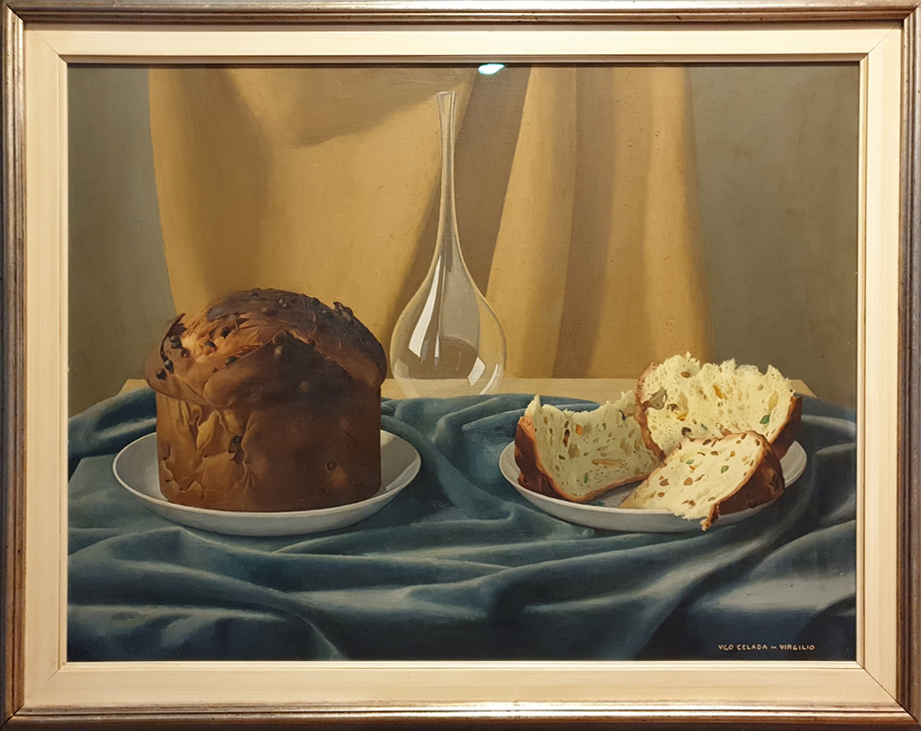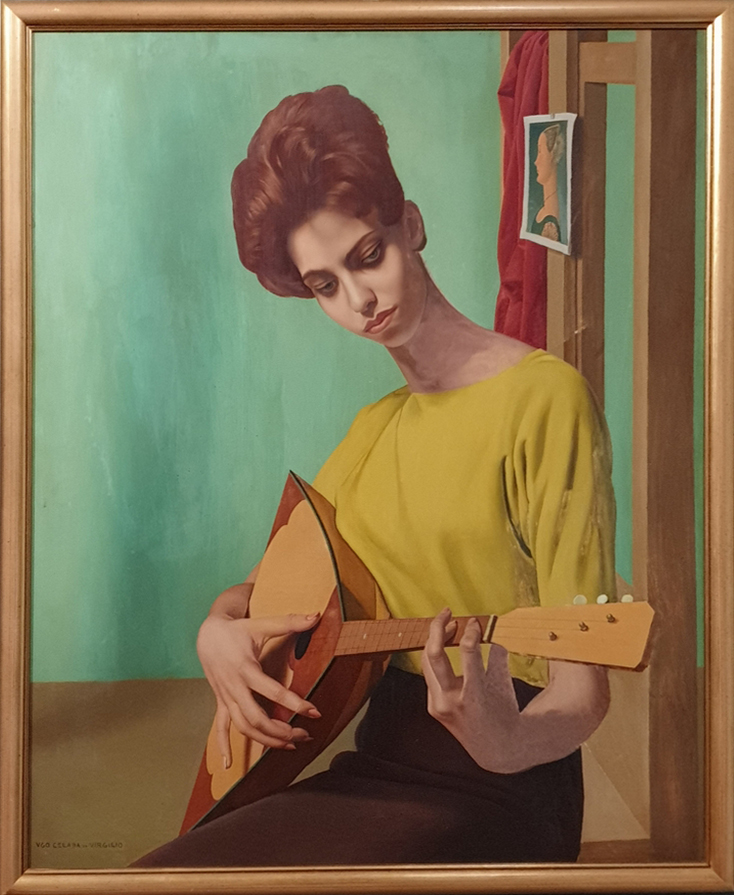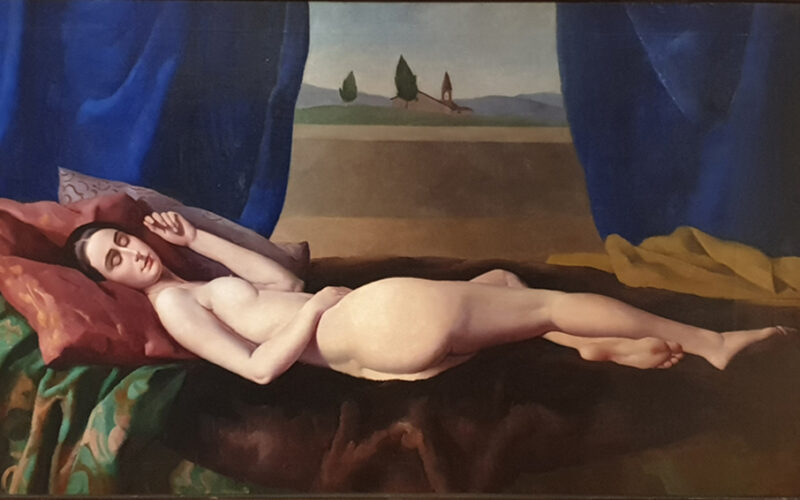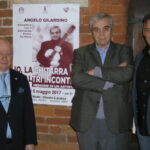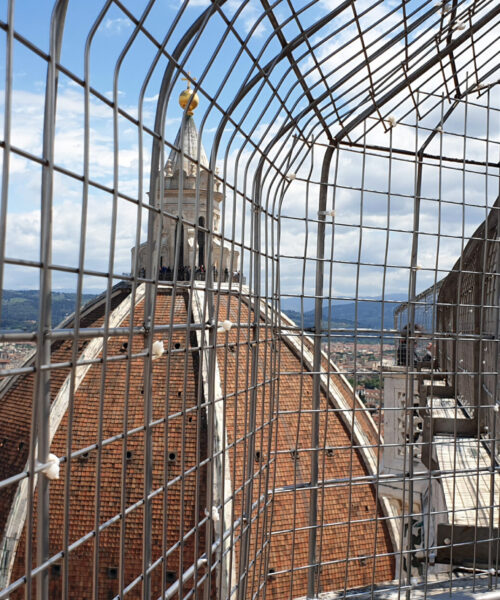Born in 1895 and living until 1995, Ugo Celada da Virgilio remains an enigmatic icon in the annals of twentieth-century art. His career spanned an entire century, oscillating between classicism and modernity in a challenging attempt at fusion. Yet, almost ironically, his name is often overlooked in the prevailing artistic chronicles of the period.
Biography
Born in 1895 in Cerese, now known as Borgo Virgilio, in the heart of the Mantua province, Ugo Celada chose to add his birthplace to his artistic name, following the example of the great masters of the past. This decision was more than a simple tribute to the land of his upbringing: it was an expression of his artistic belief and a reference point in the fervent artistic debate of the 1920s, a period marked by the clash between the Avant-garde and the Return to Order movement.
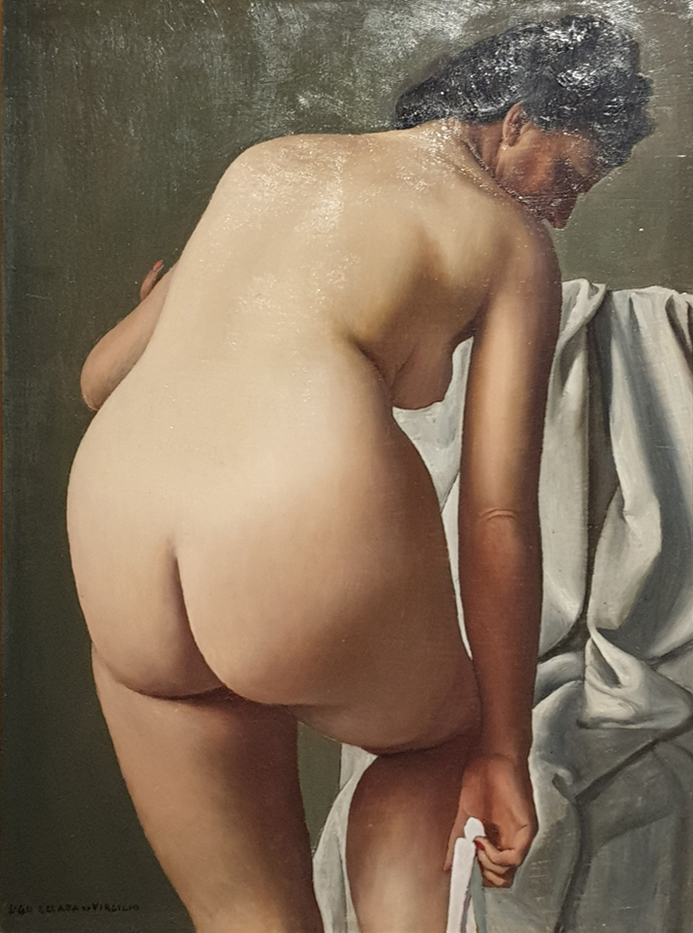
Artistic Career
Celada’s talent was recognized by his contemporaries. French artist Émile Bernard, for example, called him the best Italian artist of his times, referring to his “Reclining Nude” of 1926, considered the “Lost Masterpiece” that represented the apex of his initial success. However, despite this recognition, Celada’s career took a different turn in 1931, when he harshly criticized the Novecento Movement led by Margherita Sarfatti. Accusing the movement of being an oppressive political-commercial entity that had codified a State Art, Celada began a path toward isolation that led to his being forgotten.
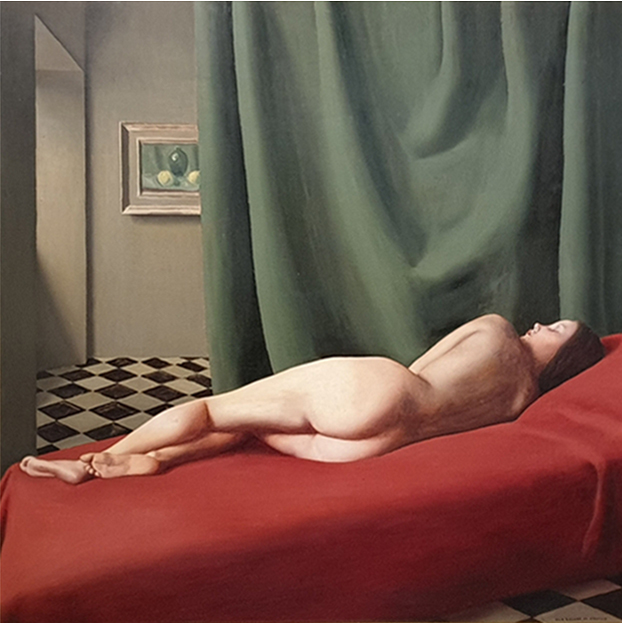
Posthumous Rediscovery and Recognition
It was only in 1985, thanks to the effort of art historian Flavio Caroli, that Celada’s figure was rediscovered. Caroli dedicated an enlightening essay to him, although the artist continued to be excluded from subsequent anthologies and exhibitions dedicated to early twentieth-century art. The exhibition “Ugo Celada da Virgilio. Ancient and Modern Enigma,” curated by Cristian Valenti at the Labyrinth of Masone (F.M.Ricci Foundation) in 2023, attempted to reposition the artist within the cultural context of his time, proposing new dialogues with works of contemporary artists and ancient masters.
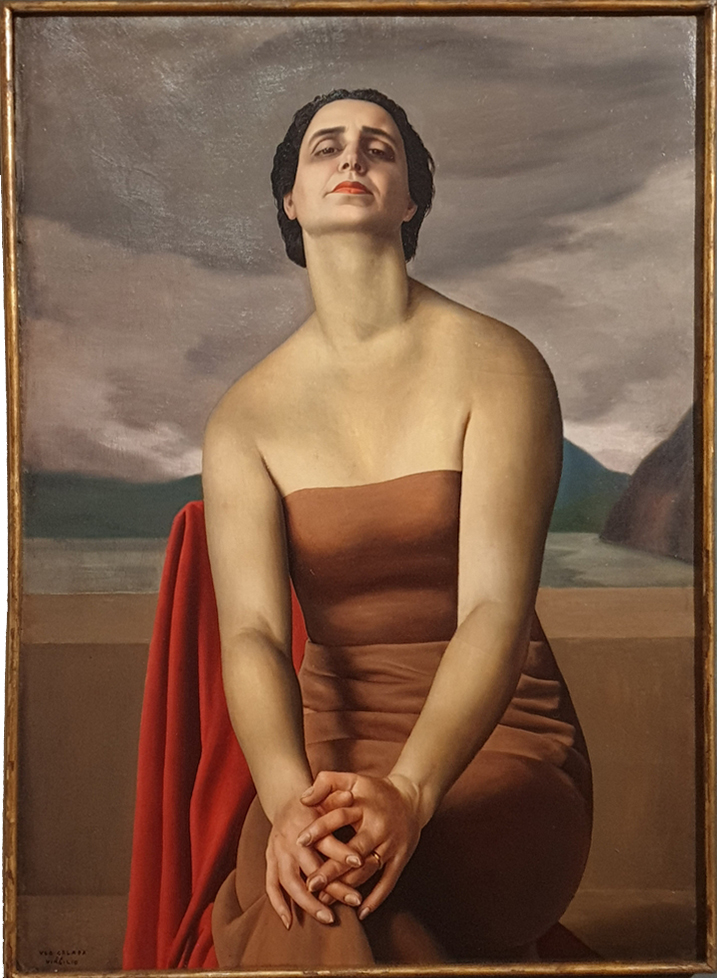
Celada's Art
Celada’s work ranges from portraits, to nudes, to still lifes. His work shows a deep sensitivity for form and an attention to detail, often drawing on classical references. His approach to representation was “truer than true,” seeking formal sublimation rather than photographic reality. Despite this, his work does not lack a profound sensitivity and a commitment to finding his own artistic path, as highlighted by the exhibition’s curator, Cristian Valenti.
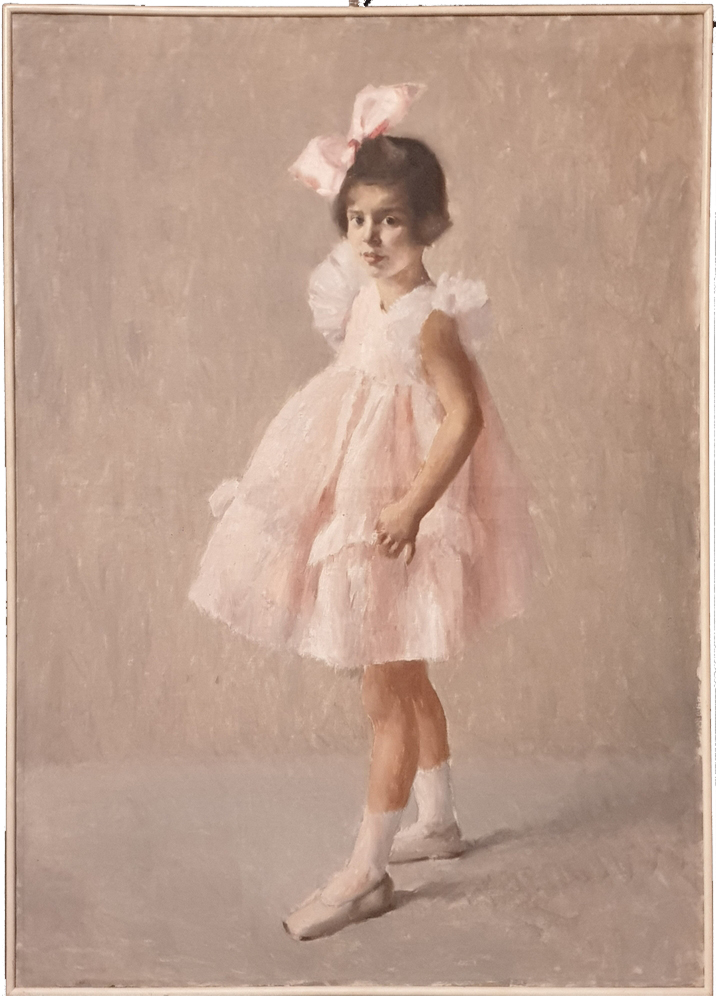
Legacy
Despite his exclusion from dominant historiographical narratives, Celada’s work represents an important piece in understanding the richness of the twentieth-century artistic context. His attempt to reconcile classicism and modernity, his rejection of historiographical simplifications, and his search for his own artistic path represent a valuable example of artistic resistance in a century marked by profound changes.
In this context, Celada’s work represents an important contribution and an example of artistic resistance, deserving of rediscovery and reconsideration in the narratives of twentieth-century art.
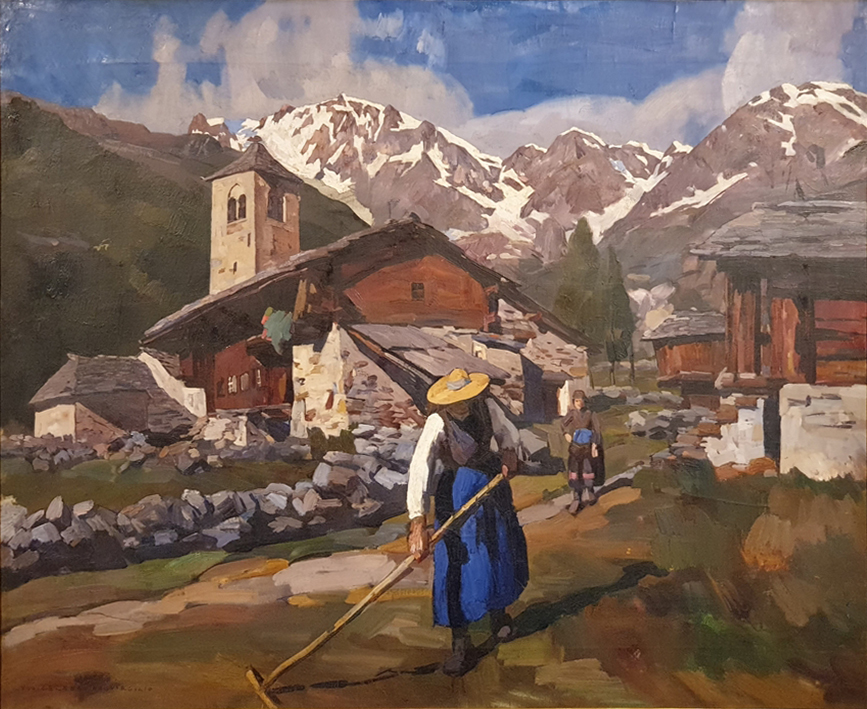
His Artistic Production
His Artistic Production Ugo Celada da Virgilio’s creations embrace a surprisingly wide range of artistic genres, from portraiture to nudes to still lifes. While his aesthetic roots lie in classicism, his visual language reveals a singular freshness and an uninterrupted dedication to exploring a personal expressive path.
Portraits
Celada’s portraits are often characterized by a detailed and almost hyperrealistic representation of subjects, with particular attention to glasses and details of clothing. This approach can be compared to that of Cagnaccio di San Pietro, a painter with whom Celada shared certain sensibilities and whom he certainly knew and appreciated. However, while Cagnaccio tended towards a more raw and sometimes disturbing realism, Celada opted for a more idealized and classicizing representation.
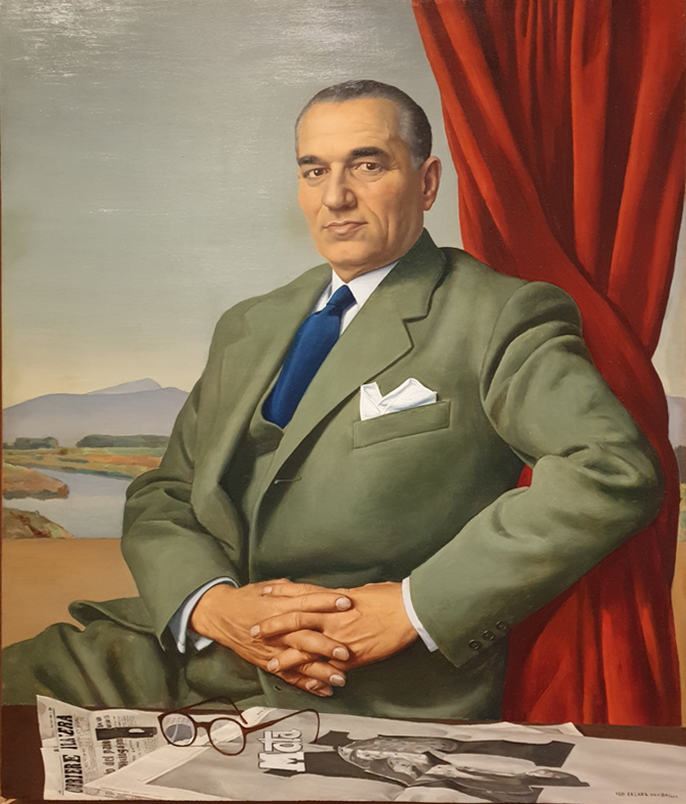
Nudes
Celada’s nudes, like the famous “Reclining Nude” of 1926, are often compared to those of artists like Archimede Bresciani da Gazoldo and Virgilio Guidi. These artists, like Celada, were active in the 1920s and ’30s and showed an interest in the realistic representation of the human figure. However, while Bresciani and Guidi tended towards a more naturalistic and sometimes expressionist representation, Celada opted for a more idealized and neoclassical representation, with particular attention to the realistic rendering of skin and drapery.
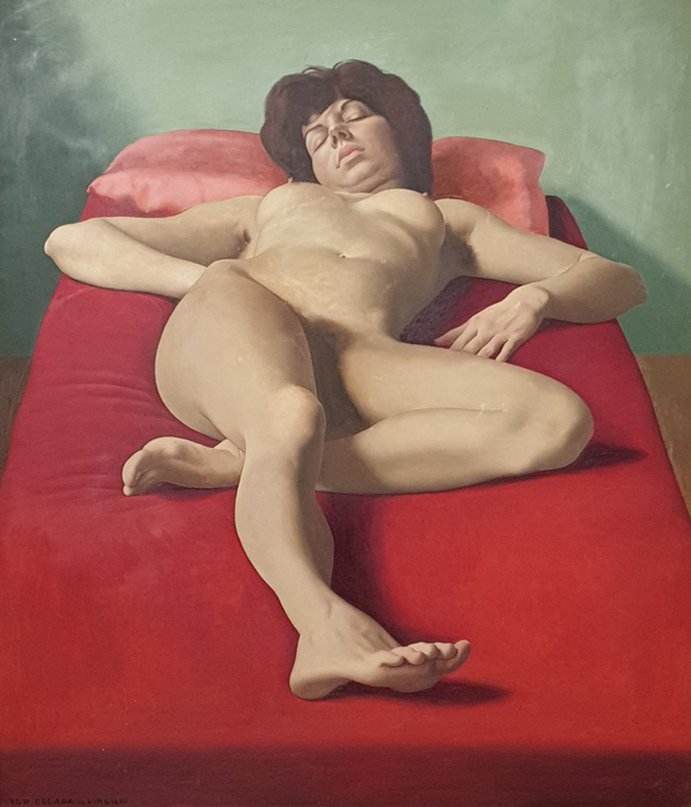
Still Lifes
Celada’s still life compositions, along with his landscapes painted en plein air, exhibit meticulous care for details and a tendency towards an ideal made tangible through the represented objects. This approach echoes that of Giorgio Morandi, another painter with whom Celada shared a fascination for the visual interpretation of things and the search for a stylistic quintessence. Yet, unlike Morandi, who pursued formal purity through a process of reduction and abstraction, Celada preferred to explore a meticulous realism, which remained anchored to a sublimation of form.
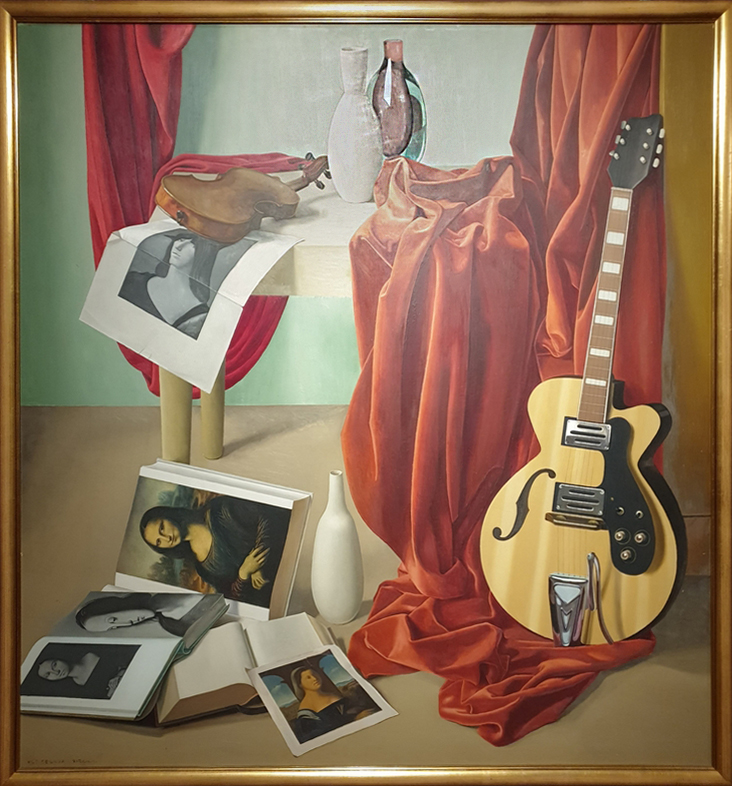
Influences and Tributes
Celada’s work also shows clear influences and tributes to artists of the past and his time. For example, in a self-portrait from the 1930s, the artist represents himself three-quarters, with a brush in hand and a mannequin on the table, in a clear homage to Giorgio De Chirico, whom Celada considered the only contemporary capable of mastering the tools of art.
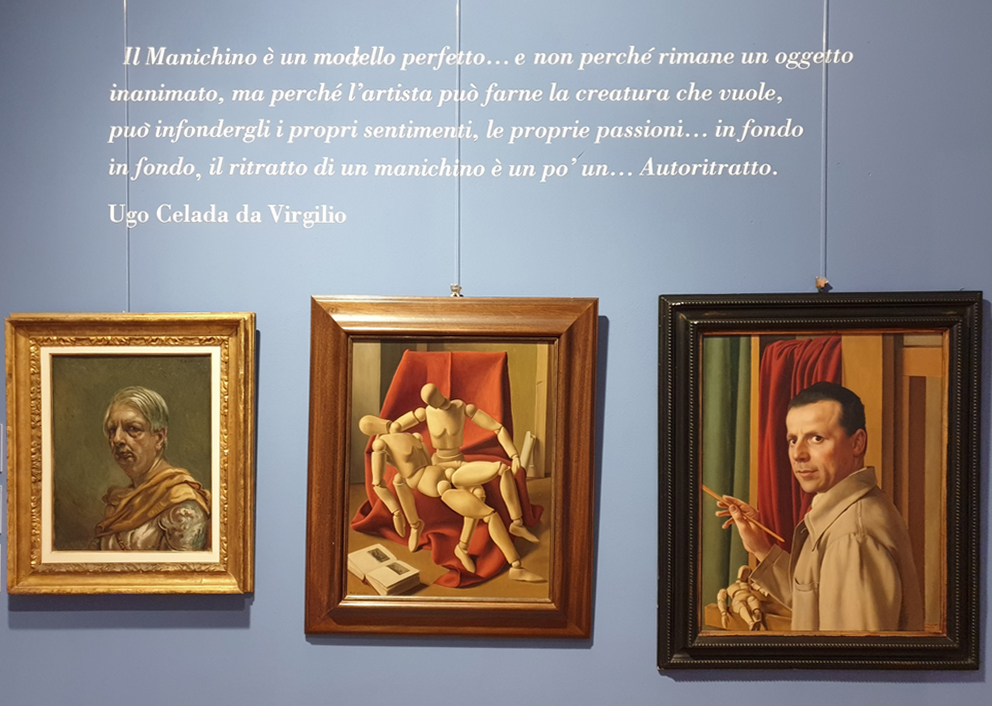
The Artistic Ensemble of Ugo Celada da Virgilio
Ugo Celada da Virgilio’s artistic ensemble emerges as a significant bastion of artistic consistency in an era traversed by radical changes and disorders. His effort to amalgamate elements of classicism with modern currents, combined with his ceaseless desire to discover an exclusively personal direction in art, and his dedication to probing a variety of genres and methodologies, make him an artist as eclectic as he is pioneering. An artist who urgently claims renewed attention and reevaluation in the context of twentieth-century art.
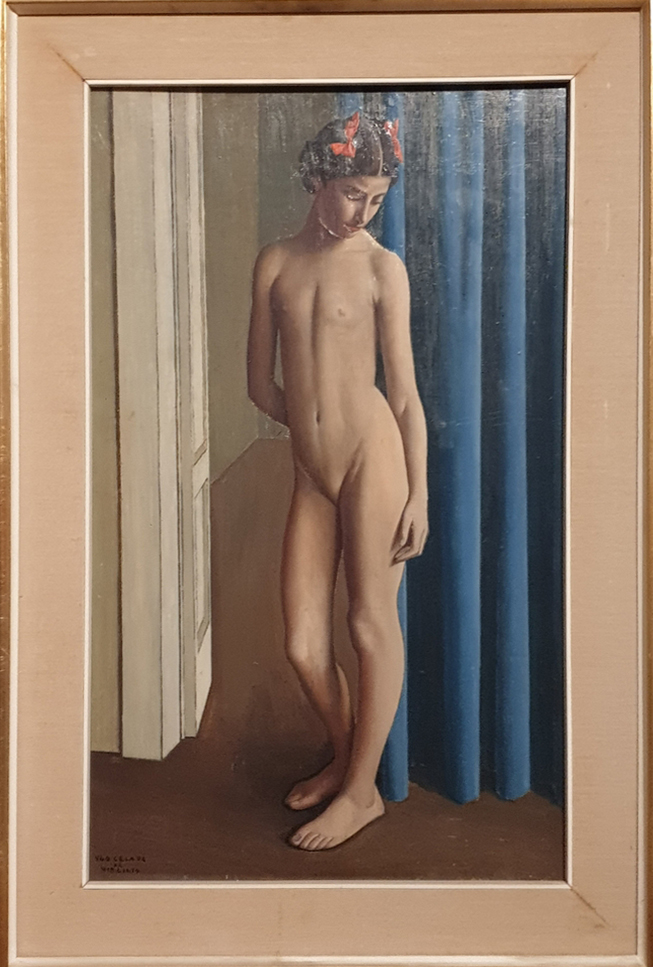
The Cultural Ostracism of Ugo Celada da Virgilio
The marginalization of Ugo Celada da Virgilio from the Italian cultural landscape is understandable as a direct consequence of his rejection of the “Italian Novecento,” a movement incentivized by Margherita Sarfatti.
Born at the dawn of the 1920s, the aim of the Italian Novecento was to shape a new national artistic expression, in stark conflict with global avant-gardes and firmly anchored to the fascist doctrine. Margherita Sarfatti, a versatile personality combining the roles of journalist, art expert, and confidant of Mussolini, was among the most influential architects of this trend, also because of her considerable influence within the fascist power.
In 1931, Celada openly expressed his firm criticism of the Italian Novecento, accusing it of being a “dominant political-business entity” and reproaching it for having institutionalized a State-linked art. This stance was in stark contrast to the approach of many artists of the time, who sought to conform to the ideals of the regime or, at least, not to openly oppose them.
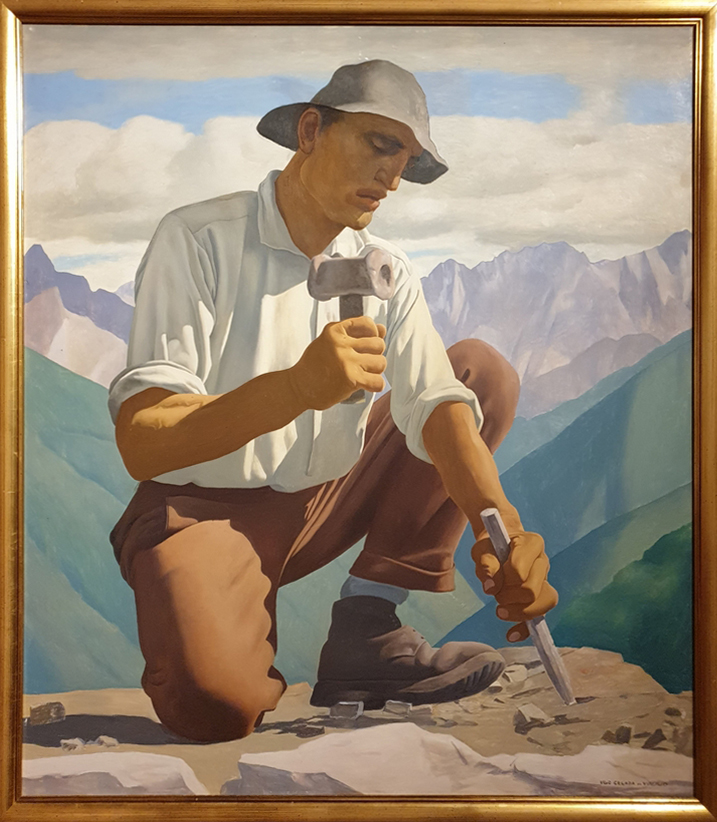
Celada’s criticism of the Novecento and, implicitly, the fascist regime, put him in a difficult position. In a period where art and culture were tightly controlled by the state, and many artists sought to adapt to survive, Celada’s opposition cost him dearly. From that moment on, his career was marked by increasing isolation that led to his being forgotten.
This isolation was not only professional but also artistic. While many artists of the period were influenced by the prevailing trends of the time, or sought to conform to the ideals promoted by the regime, Celada pursued a more personal and independent path, seeking to reconcile classical tradition with modernity.
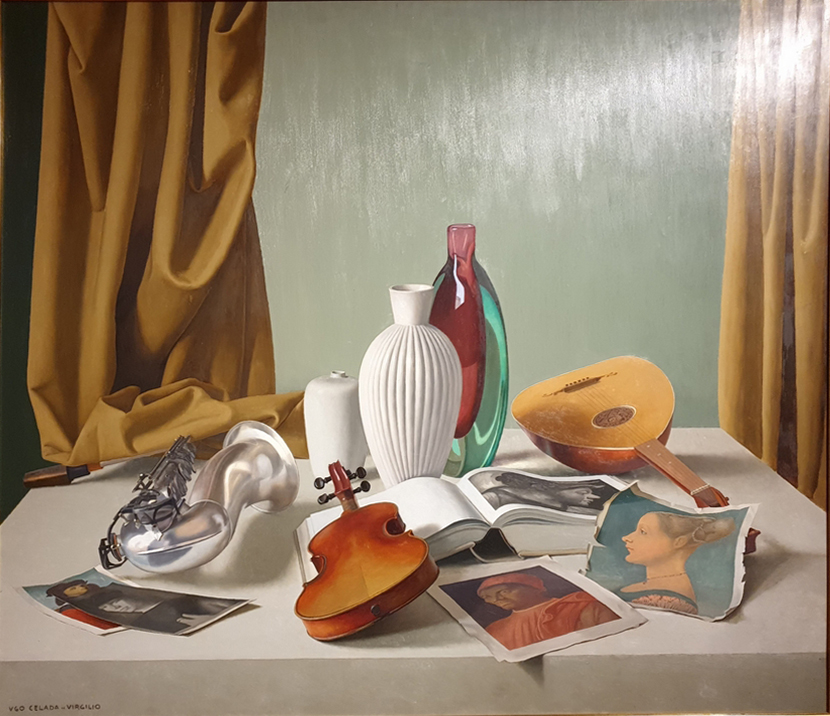
Final Considerations
The work of Ugo Celada da Virgilio represents an important piece in understanding the richness of the twentieth-century Italian artistic context, beyond the simplification of historiographical reconstructions based on “breaking moments”. His artistic research, characterized by continuity and resistance, deserves to be rediscovered and valued as an integral part of the Italian artistic heritage.
